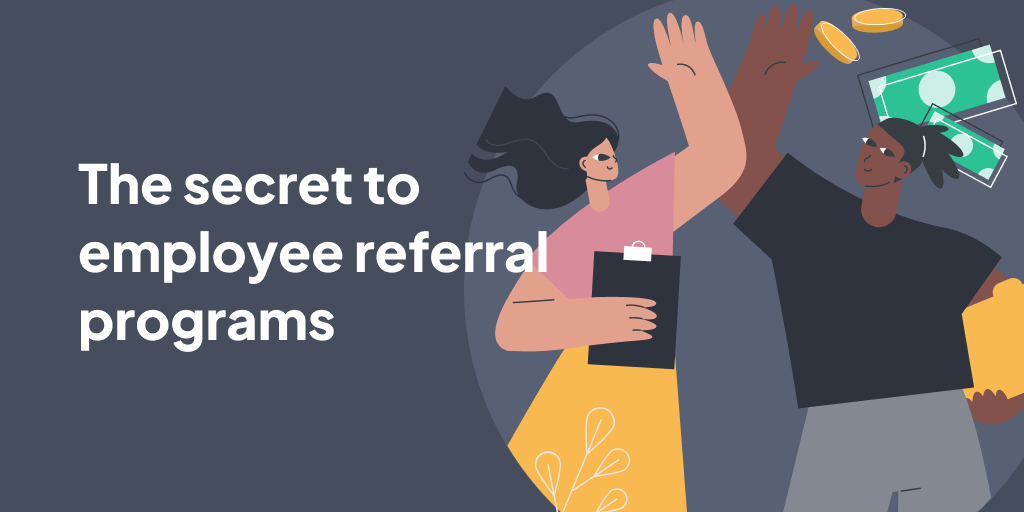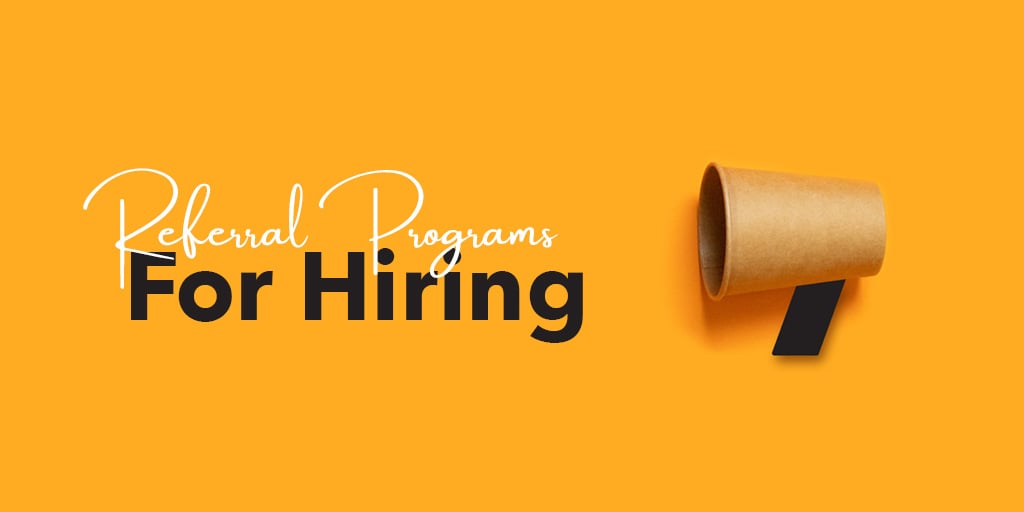So, you built out an employee referral program and kicked it off with your teams. But some time has gone by, and the referrals aren’t exactly pouring in as you expected. Are your employees to blame for not stocking your applicant pool?
The biggest mistake HR leaders make with employee referral programs is treating them like set-it-and-forget-it initiatives. Employee referral programs need to be regularly monitored and optimized to ensure you’re adapting to changing hiring needs and employee behaviors.
If your referral program isn’t performing well, these three factors could be to blame. And here's what you can do about it.
1. Revisit your incentives
Asking employees to refer their friends and family to work with them might sound like a small request, but often there are relationship dynamics at play. Not only is their reputation on the line at work if they refer an unqualified applicant, but they also might feel uncomfortable if their referral doesn’t get hired.
The best way to overcome these employee concerns is to offer incentives when a referral gets hired. This motivates your team to refer applicants they truly feel are a good fit and rewards them for doing so.
So, what if you have incentives in place and your employees still aren’t participating in your referral program? Your rewards might not be attractive enough. Sure, you could test out different incentives every so often to see what works, but the fastest way to find the right incentives for your team is to ask them.
Send out a company-wide survey or poll and see what motivates them. Throw out suggestions like a referral bonus, an extra day off, gift cards, or even charitable donations in their name. You can also give employees the ability to suggest incentives themselves.
2. Simplify your program
No matter how attractive the incentive is, if your employee referral program consists of too many steps for your employees and/or referrals, you’ll have a hard time getting people to participate. Your employees might refrain from sending their friends and family to an unpleasant referral experience and encourage them to apply on their own instead. And while this still gets you more applicants, you’re now losing the ability to track the effectiveness of your program. Even worse, you might lose those potential referrals altogether.
Take a look at your referral process and find ways to streamline it. Are you asking too many questions? Only ask for the information you need (for the referrer and the referee). Is the intake process too manual? Consider using an online form, adding a field to your applications, or even allowing employees to send an email to the hiring manager.
3. Re-promote your program
One thing HR leaders can always do more of is talk about the programs they build. Even if you made a big splash about your employee referral program when you launched it, chances are you haven’t re-promoted it recently. Since you launched it, new employees have come on board, and existing employees probably forgot all about it.
Consider ways to consistently communicate about your referral program, whether that’s adding quick blurb in monthly company-wide emails or newsletters or publicly celebrating employees who’ve referred new hires.
This point extends to applicants and new hires as well. Talk about the program in job descriptions to raise awareness with potential applicants and show that recruiting is part of your company culture. Reiterate the program during the onboarding process, so new hires have it top of mind too.
Review and optimize. Often!
Setting up the components of a referral program is the first step to success. But what differentiates a good referral program from a bad one is what comes after you launch. It’s not just about creating the program and leaving it to run itself, but rather, consistently going back to it to see what can be done to optimize and improve. A little maintenance goes a long way to building a program that fills your applicant pool with qualified potential employees.





